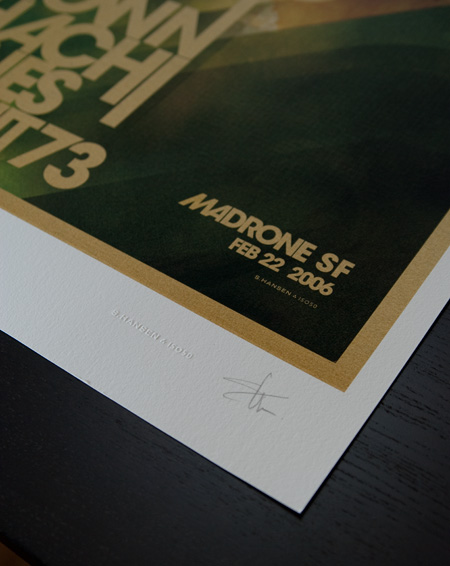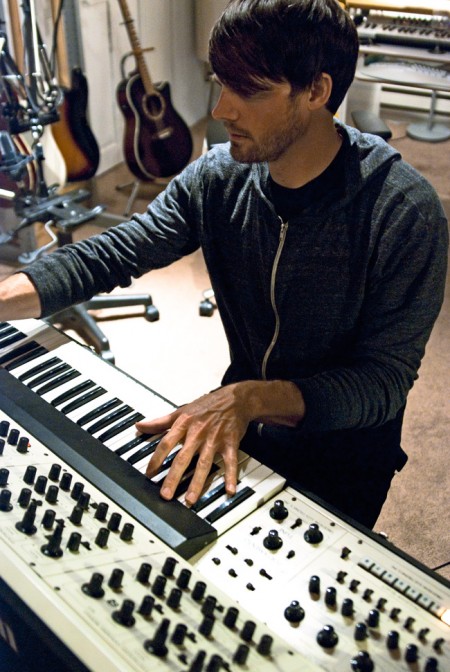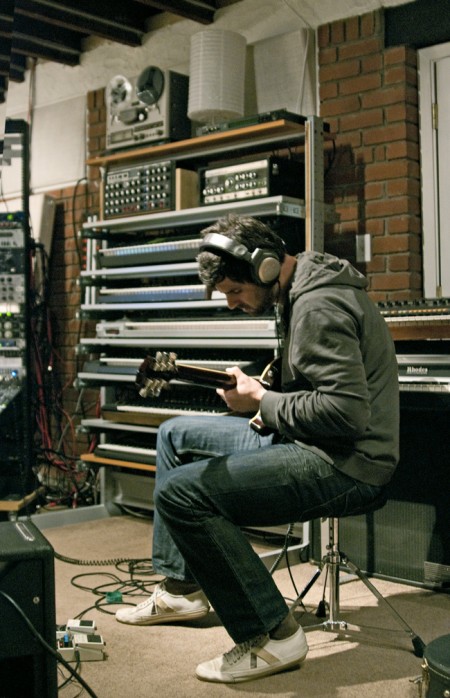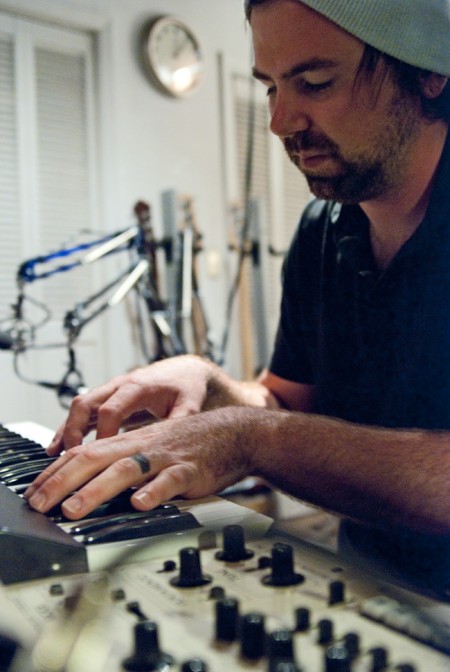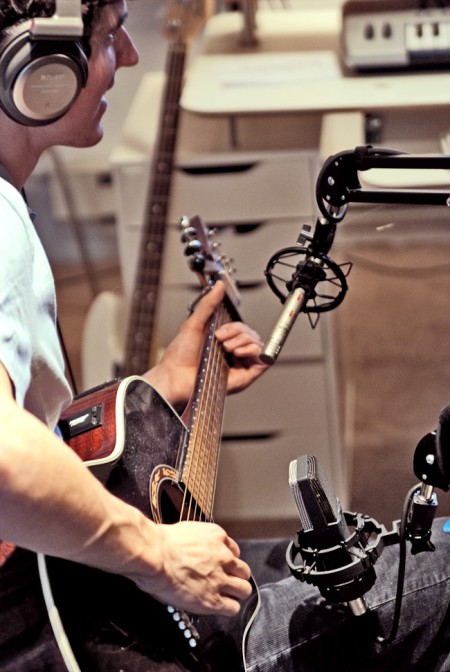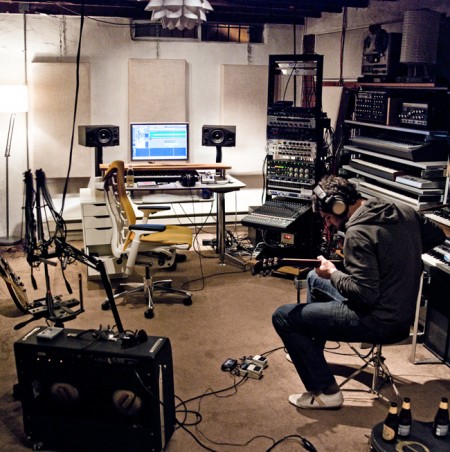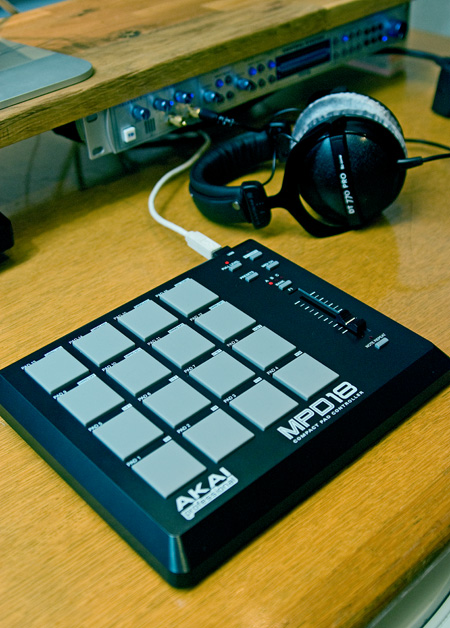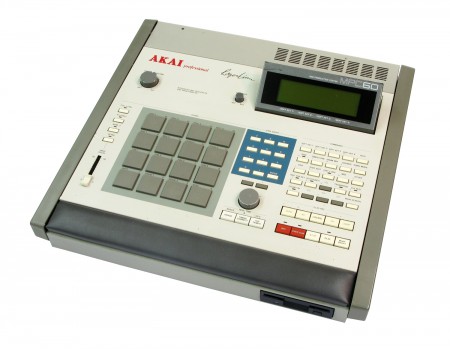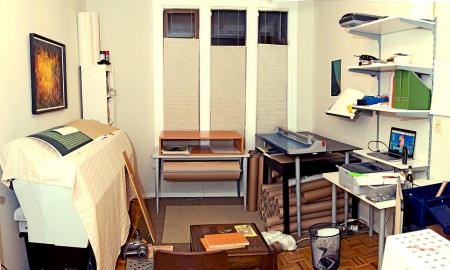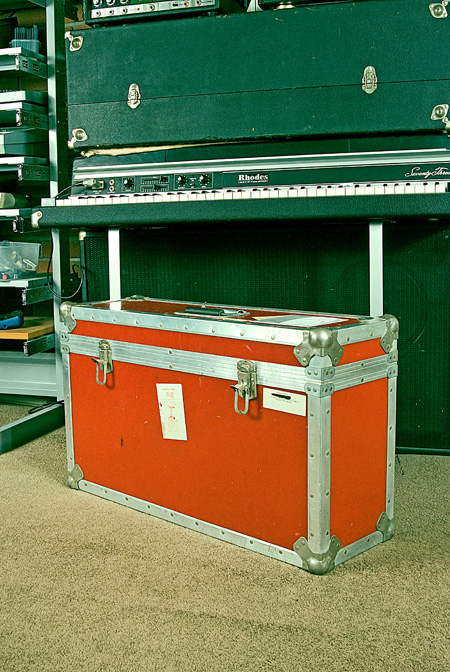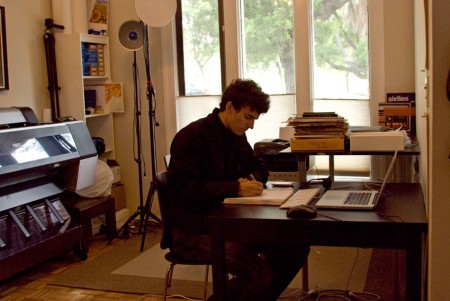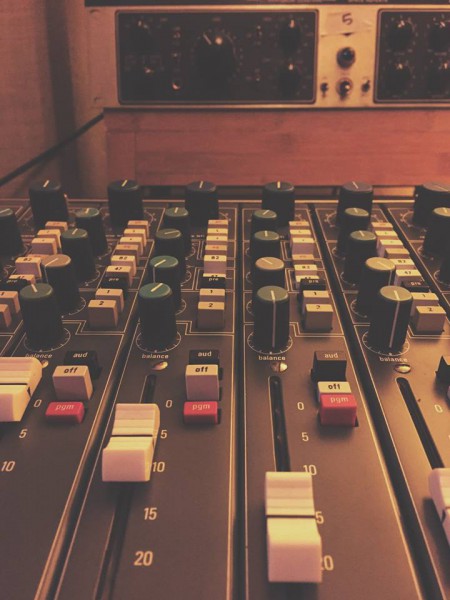
We are living in a golden age of sound technology. The tools we have at our disposal today were only a dream just a decade ago. The industry has found the balance between the power and flexibility of digital and the character and nuance of analog. People generally focus on the end result, but for most musicians, producers and engineers, the process is the product and the tools are the enablers.
The following is an off-the-top-of-my-head gear list for this record, my favorite tools, created by the brilliant engineers who make what we do as recording artists possible.
I used a bunch of other things but these are the standouts, stuff I couldn’t do without. “Best” means “in my opinion this is the best I’ve used, personally” and “new” means “new to me, like I got it less than 18 months ago”. Feel free to ask questions about specific applications and I’ll do my best to answer. Would love to hear your favorites as well.
**DISCLAIMER: In this post I’m mentioning some high end (read: expensive) gear. But I want any of you who are just starting out to know that you should never think that expensive equipment is an answer to anything. All it does it add, incrementally, to your sound. A good engineer / producer should be able to produce quality recordings without the use of boutique or prohibitively expensive gear. I used inexpensive equipment for many, many years before saving up for and spending the time to understand higher level recording equipment. Of course, with the right tools a job can become easier, but it’s not impossible without them (but do invest in a good preamp before anything, that’s really the most important thing). That being said, after 18 years as a recording engineer and musician, these ended up being my go-to tools for this record.
Best New gear overall
Kemper Profiling Amp
Best New FX Unit overall: Strymon Blue Sky
Best New Synth: Korg Minilogue
Best New Old Synth: Moog New Minimoog Model D (can’t believe they actually did it. Just got it a week ago, somehow even better than my original 1972 Model D)
Dangerous 2-Bus+ (if you’re looking for analog summing, this is it)
Rupert Neve Designs Portico II Channel (the perfect balance of color and clarity, a modern classic)
Synths
Most used: Korg Minilogue
Late bloomer: Korg MS-20 (original)
Indispensable newcomer: Sequential Circuits Prophet 5
Staying power: Minimoog Model D (orignal 1972)
Deprecated: Access Virus C (we had a good run, but now I’m using the Kemper — same designer — so I feel we’re even)
Honorable mention: Korg Arp Odyssey
Preamps
Rediscovered an old favorite: Universal Audio 6716
Sadly underutilized: Chandler LTD-1
EQ
Trident 80B 500 Series
Guitars
Got a Gibson Les Paul after having an Epiphone Les Paul for years. Now I get why they’re so expensive.
Hardware
New Favorites: Strymon Timeline and Blue Sky
Stalwart: Ursa Major SST-282
Best new output conversion: Dangerous Convert-8
Best new input conversion: Lynx Aurora 16
Best adapter: Lynx AES16e
Best mixer: Neve 542
Underappreciated: Empirical Labs Distressor EL8-X
Software Instruments
Native Instruments Monark (as close as you’re ever going to get to a Mini in the digital domain)
Arturia Jupiter 8V (stunning clarity, always cuts through the mix)
XILS 3 (warmth)
Software effects
Valhalla Shimmer / Vintageverb, U-He Presswerk, Plugin Alliance VSM-3, Arturia Jupiter 8V, , Waves H-EQ, Waves RS56, Waves Scheps 73, Eventide Black Hole, SoundToys Native Bundle, Acustica Amethyst, Empirical Labs Arousor, Sonnox Envolution, SSL Duende Drumstrip, Kush Omega N&A
DAW
Reaper 5
Monitoring
Controller: Dangerous D-Box
Monitors: Genelec 8330A
Headphones: DT770 Pro 80ohm (great translation to/from speakers)
